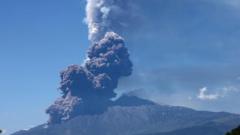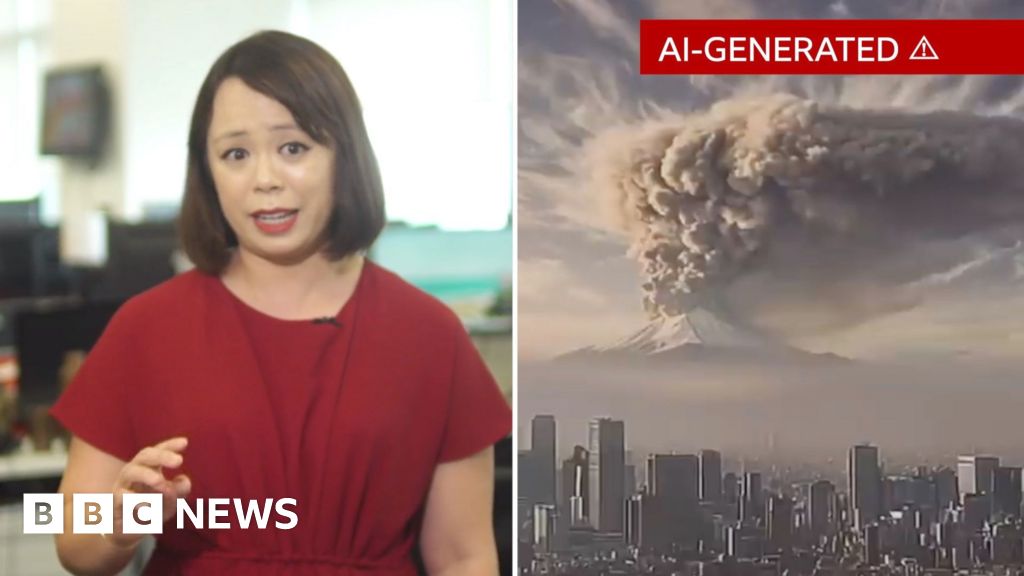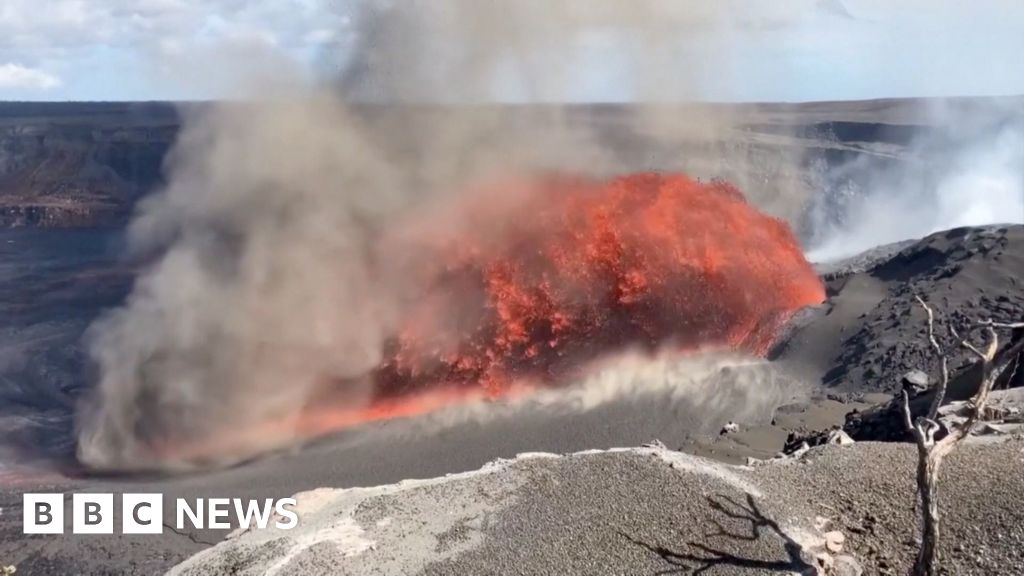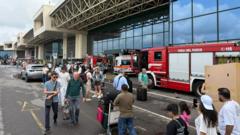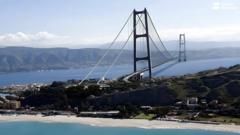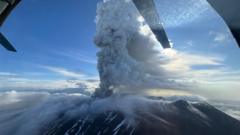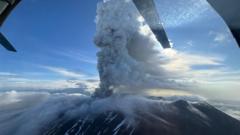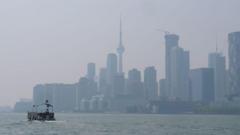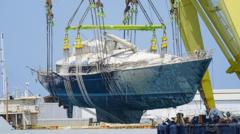Mount Etna, one of the most active volcanoes on the planet, has once again made headlines following a significant eruption early Monday morning, releasing vast plumes of ash and smoke high into the atmosphere. Video footage taken from Sicily illustrates the dramatic spectacle of volcanic ash spewing from the mountain, captivating viewers and ensuring the event will be a topic of discussion for the foreseeable future.
According to reports from Italy's National Institute of Geophysics and Volcanology (INGV), a series of explosions characterized by “increasing intensity” struck the volcano in the early hours, raising concerns regarding safety and air travel in the vicinity. Initial assessments indicate these volcanic outbursts, while substantial, have thus far caused minimal disruption.
Geologists suggest that the eruption's epicenter lies on the southeastern flank of the volcano, where a 200-meter-wide vent is currently active. Footage circulating through social media captured a rapid pyroclastic flow—a hazardous mix of ash, gas, and rock—bubbling down the slopes of Mount Etna. Experts theorize part of the crater may have given way, unleashing the rush of volcanic material. Fortunately, current findings state that this material has yet to reach the Valley of the Lion, a designated tourist stopping point at the volcano's summit.
The INGV recorded the volcanic activity's onset at 00:39 local time, characterizing it as a "Strombolian" type of eruption, typified by intermittent explosions. This phenomenon is caused when gas bubbles within the magma chamber burst, propelling material into the sky—akin to opening a carbonated beverage. Such eruptions pose risks not just to nearby residents but also to air travel, as was evident in February when previous disruptions led to the diversion of flights at Catania Airport.
As local authorities react to this latest eruption, a red alert was briefly issued for possible flight suspensions near the affected area, although it was later downgraded. As a precaution, tourists have been advised to stay clear of the hazardous lava flows, ensuring safety while still allowing for appreciation of the stunning natural event unfolding before them.
According to reports from Italy's National Institute of Geophysics and Volcanology (INGV), a series of explosions characterized by “increasing intensity” struck the volcano in the early hours, raising concerns regarding safety and air travel in the vicinity. Initial assessments indicate these volcanic outbursts, while substantial, have thus far caused minimal disruption.
Geologists suggest that the eruption's epicenter lies on the southeastern flank of the volcano, where a 200-meter-wide vent is currently active. Footage circulating through social media captured a rapid pyroclastic flow—a hazardous mix of ash, gas, and rock—bubbling down the slopes of Mount Etna. Experts theorize part of the crater may have given way, unleashing the rush of volcanic material. Fortunately, current findings state that this material has yet to reach the Valley of the Lion, a designated tourist stopping point at the volcano's summit.
The INGV recorded the volcanic activity's onset at 00:39 local time, characterizing it as a "Strombolian" type of eruption, typified by intermittent explosions. This phenomenon is caused when gas bubbles within the magma chamber burst, propelling material into the sky—akin to opening a carbonated beverage. Such eruptions pose risks not just to nearby residents but also to air travel, as was evident in February when previous disruptions led to the diversion of flights at Catania Airport.
As local authorities react to this latest eruption, a red alert was briefly issued for possible flight suspensions near the affected area, although it was later downgraded. As a precaution, tourists have been advised to stay clear of the hazardous lava flows, ensuring safety while still allowing for appreciation of the stunning natural event unfolding before them.

